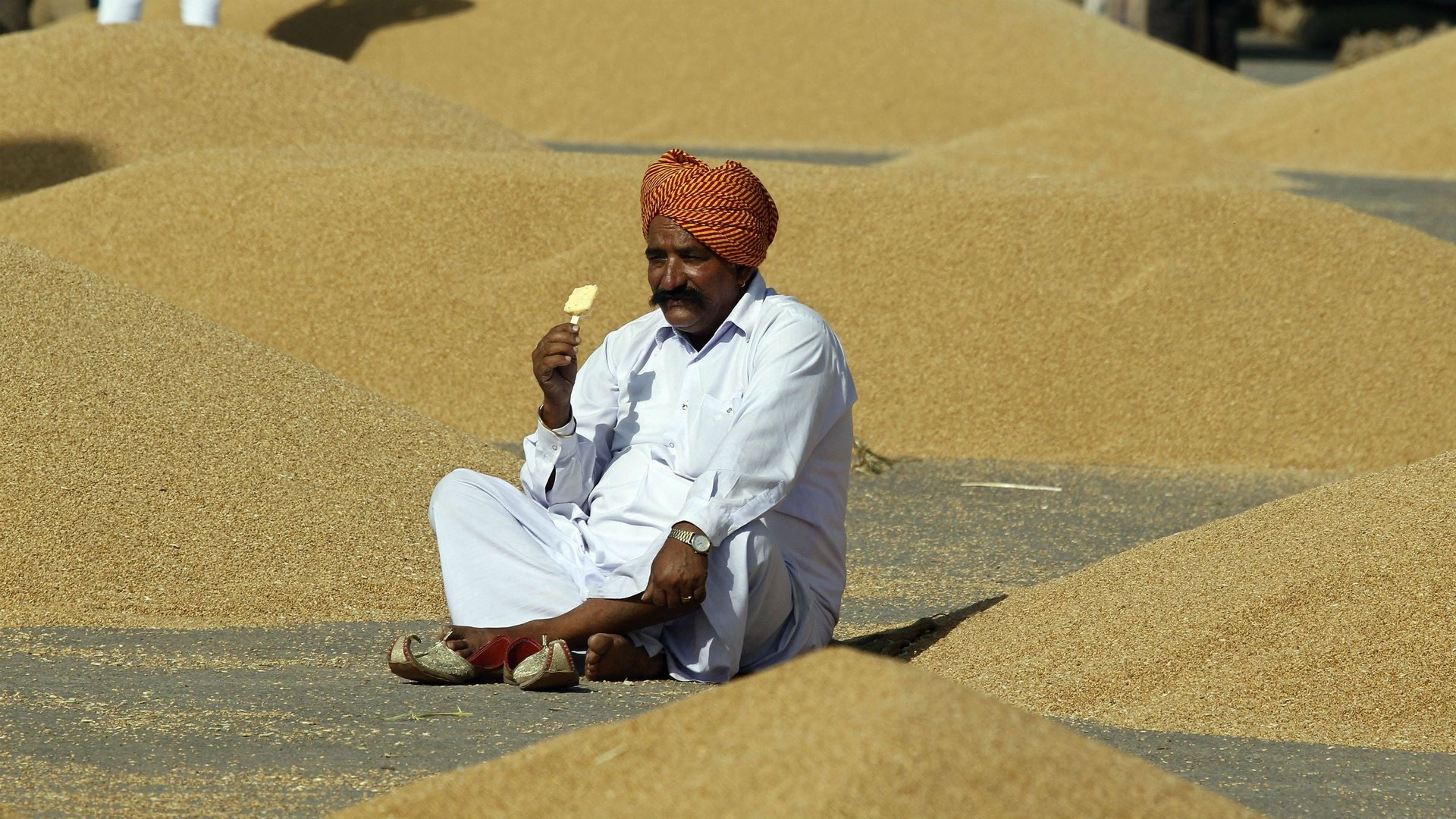How to save the Indian economy—and 20% of humanity
India’s routine exercise of democratic elections is, to borrow Samuel Johnson’s opinion on a woman’s preaching, “like a dog’s walking on his hind legs. It is not done well; but you are surprised to find it done at all.”


India’s routine exercise of democratic elections is, to borrow Samuel Johnson’s opinion on a woman’s preaching, “like a dog’s walking on his hind legs. It is not done well; but you are surprised to find it done at all.”
Not so surprising, however, is the routine transfer of political power in India that happens peacefully and according to constitutional rules. This is rare in India’s neighborhood. No one expects the upcoming change of government in India to be any different.
The results of India’s16th general elections will be declared in a few hours and it is widely expected that the BJP will win enough seats for its prime ministerial candidate Narendra Modi to lead a new coalition government. His focus will be policies that promote economic growth. Economic growth is neither inevitable nor impossible; it is always a consequence of good economic policies implemented consistently over a significant period.
Here is what Modi needs to do:
Already he understands what India needs for it to address its most pressing problems, namely widespread poverty and underdevelopment. For this, he will focus on large infrastructure projects that build durable assets, produce wealth and consequently provide employment.
Second, as the longest serving chief minister of the state of Gujarat, he appreciates the relationship between the states and the center. India’s prosperity necessarily depends on how prosperous the constituent states are, which in turn depends on how much freedom the states have in formulating their own economic policies. (Gujarat was judged the top state in India in economic freedom in 2011 by the Cato Institute, with a freedom index score of 0.64, compared to the median score of 0.41 for all Indian states.)
Certainly, being the prime minister of India is not the same as being the chief minister of a state. But the same economic principles apply and the same development objectives persist although the means may have to change. There is one big advantage that being an experienced chief minister confers on a prime minister: He or she knows the hurdles that the government of a state faces in dealing with the central government.
Modi certainly loves business but his love of business is instrumental for bringing prosperity to his people. He knows that being industry-friendly does not contradict being people-friendly. Indeed he stresses that industrialization is absolutely indispensable for economic growth and consequently development of the people. Consequently, he has attracted foreign and domestic investment to his state.
India’s demography is young and over half of Indians are below 25 years of age. India has to create an additional 14 million new jobs for those entering the labor force. Modi appreciates that only industry—not agriculture—will be able to create those jobs. India ‘s manufacturing sector is small and accounts for only 14% of GDP, compared to 32% for China.
India’s dysfunctional labor laws are to blame to a large extent for the failure of manufacturing to hold in India., and change will take time. But for the present, the prime minister must focus on two major ideas that have the potential to transform India’s economy and put it on a fast track: a modern rail transportation system and the rapid urbanization of India.
The relationship between a modern transportation system, manufacturing, and urbanization is robust and indispensable for economic growth. They are synergistic and have strong forward and backward linkages, and generate employment. Furthermore, they are engines for the creation of wealth. They pay for themselves as they are built and generate the resources as they are needed. Modi knows this.
Urbanization and economic development are bi-directionally linked: they are cause and consequence of each other. India needs to build modern, efficient cities. Connecting cities–new and existing–with an efficient transportation system is absolutely essential, the backbone of which has to be a rail-based because neither roads nor aviation can meet that need.
The industries directly involved in this endeavor are steel, cement, locomotives and railway coaches. Indirectly agriculture is positively impacted because of lower transportation costs and times. Export industries benefit because of this and greater reliability.
Building new cities and a modern, rapid transportation system will push the demand for labor across the entire spectrum of skills. Even as it builds human capital, these mega-projects will also absorb domestic and foreign savings. The return on investment will be phenomenal.
These are blue-sky projects and will have positive fallouts that are predictable but will still astonish. Of course, these will not be easy. But as US president Kennedy said about space travel to the moon, these should be done not because they are easy but because they are hard.
India needs to think big. Modi likes to think big but his thinking big is rooted in reality. He appears to follow what the legendary American architect Daniel Burnham said, “Make no little plans. They have no magic to stir men’s blood and probably themselves will not be realized. Make big plans; aim high in hope and work … Think big.”
If Modi does become the PM, he will have the power to positively change the economic fortunes of 20% of humanity. We will know on May 16 if a sufficient number of Indians share Modi’s vision and trust him to deliver on his promises.